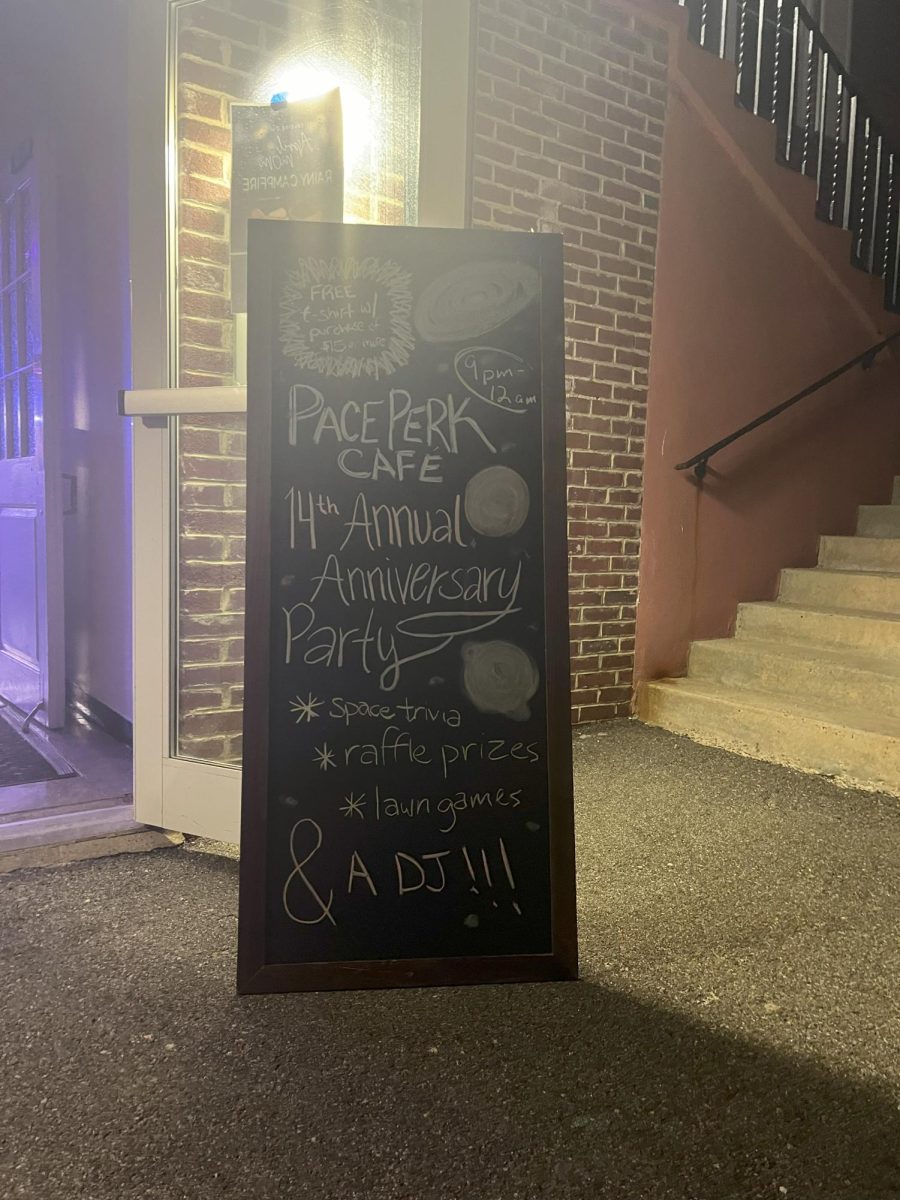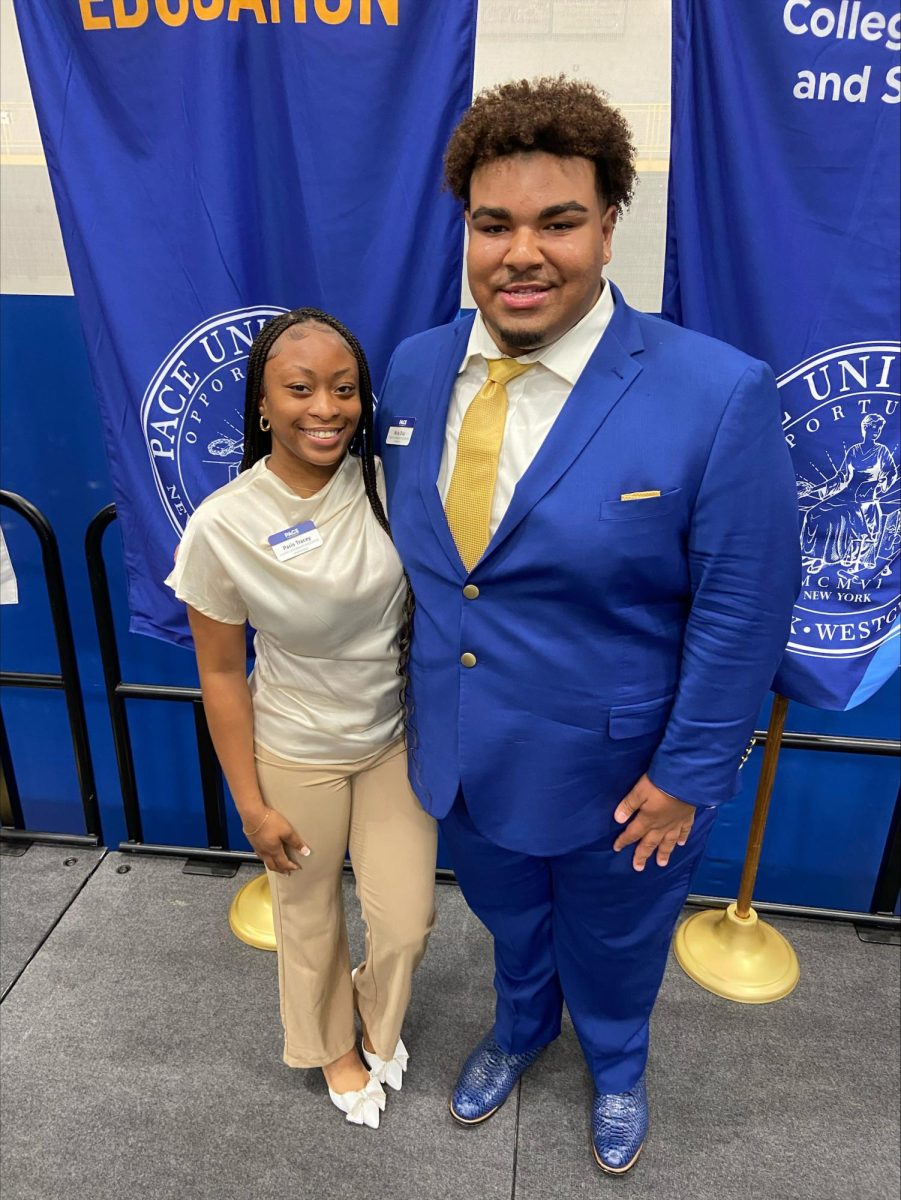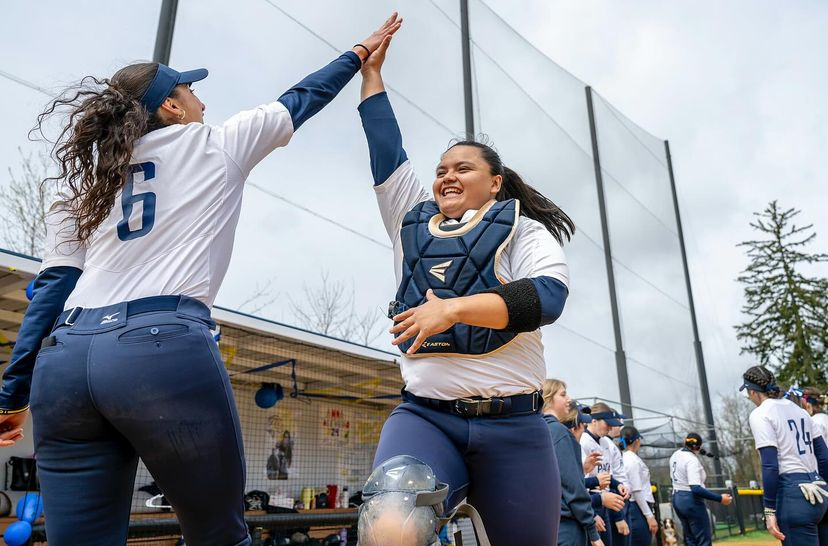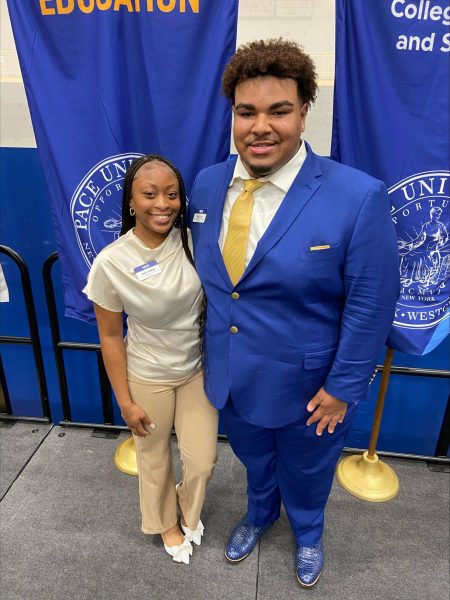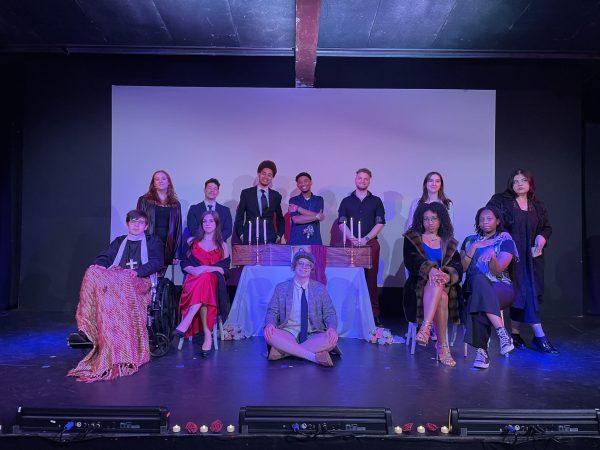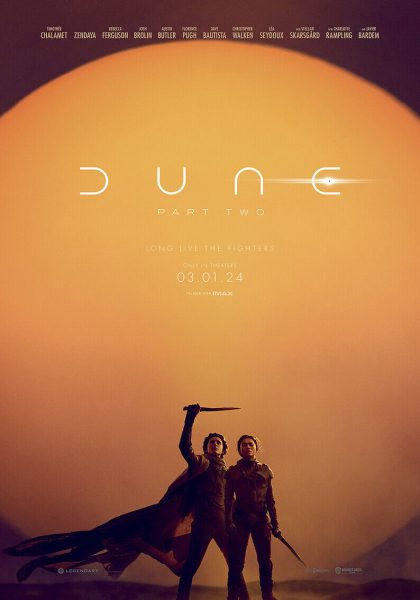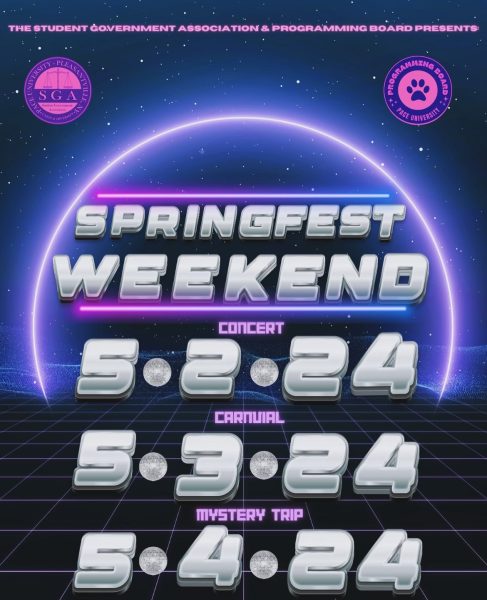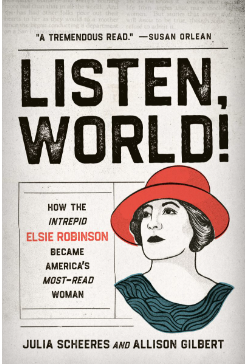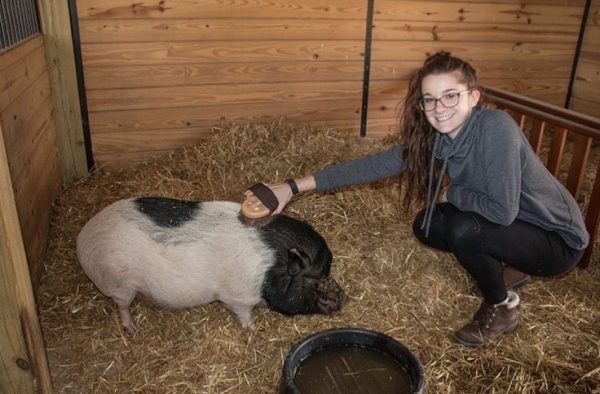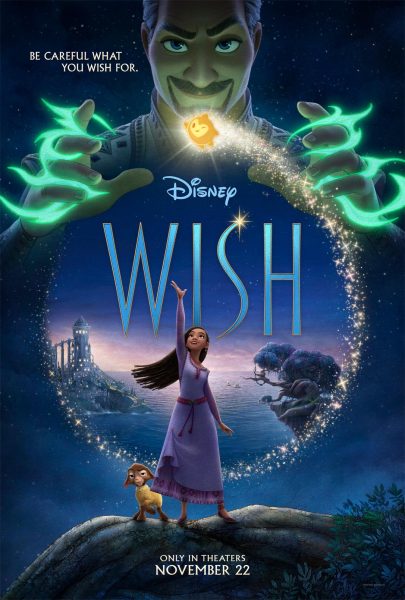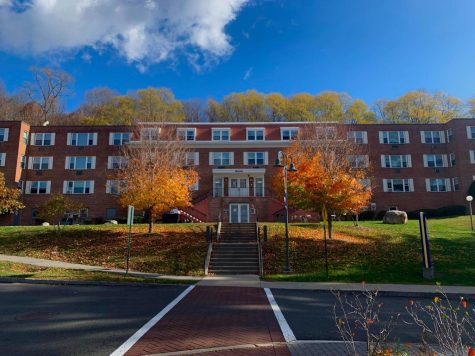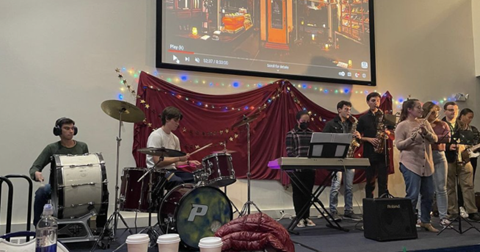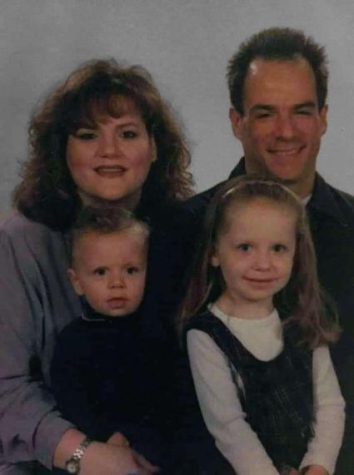Students Explore Connections Between Social Media and Social Justice
March 1, 2016
Some students may see a music video, an Instagram picture, or a website merely as entertainment, as something interesting to Like and share. The reality is that these things can be part of an effort to shape social reality—for better or for worse.
The students at last Wednesday’s Social Justice & Social Media event were made aware of this fact through discussion and examples.
The event, subtitled “An interactive discussion on the internet and the fight for equality,” took place at the Center for Unity and Social Justice in Kessel during common hour, and was organized by the Office for Multicultural Affairs and Diversity Programs (MADP) and the Center for Community Action and Research (CCAR).
MADP Assistant Director Rachel Simon and CCAR Program Coordinator Tyler Kalaher lead the discussion. Simon began by asking students to go around mentioning a social justice issue important to them. Some of the issues named were racism, feminism, freedom of conscience, and the struggles of black citizens.
Students then offered examples of social media that are important for them and proceeded to analyze them, asking what worked, what did not work, and why, in regard to their implications for social justice issues
One of the media examples students looked at was the website and videos of DeRay Mckesson, a Black Lives Matter activist who is running for mayor in Baltimore. Some students at the event praised the conversational, natural tone of the people in Mckesson’s videos and the politicl savvy granted by his knowledge of the system. Others were skeptical and said he needed to be more concrete and forthcoming with his actual plans for Baltimore.
After this, students watched and discussed Beyoncé’s music video for her latest song, “Formation.”
Graduate student Dante Plush questioned some aspects of the video, including what he called “a lot of afrocentrism.” He also questioned the video’s message authenticity, especifically how much the singer actually cared about the Black Lives Matter movement. Despite this, Plush agreed that Beyoncé was the most appropriate artist to make a demonstration like the one in the video.
Fellow attendant Mercedes Major said that it was important that someone with the popularity and resources of Beyoncé use them to bring attentions to the issues displayed in the video.
An issue that came up during the hour-long discussion was the need for an “intersectional approach” that takes into account the various ways in which a person may identify him or herself. As an example of this, Simon mentioned the presence of black transgender individuals in the recording of “Formation.” She remarked how this managed to give a voice to transgender issues in the context of discussions of racism and police brutality.

